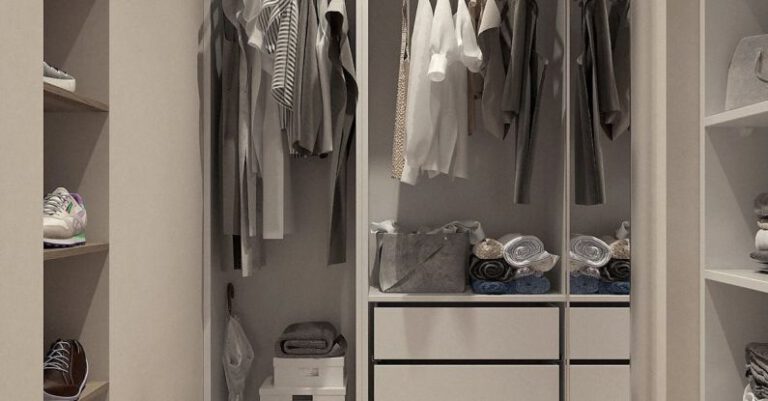How to Create a Multi-functional Room with Design?
Having a multi-functional room can greatly enhance the functionality and versatility of your living space. Whether you are dealing with a small apartment, a shared office space, or just looking to make the most out of a particular room in your home, creating a multi-functional room with design can be a game-changer. By incorporating clever design elements and practical solutions, you can transform a single room into a space that serves multiple purposes without sacrificing style or comfort. In this article, we will explore some creative ideas and tips on how to create a multi-functional room with design that is both efficient and aesthetically pleasing.
**Maximizing Vertical Space**
One of the key strategies in designing a multi-functional room is to maximize vertical space. Utilizing wall shelves, floating cabinets, and tall bookcases can help you make the most of the available space in the room. By going vertical, you can store items, display decorative pieces, and even create separate zones within the same room. Consider installing wall-mounted desks or fold-down tables to create workspaces that can easily be tucked away when not in use. This approach not only saves floor space but also adds visual interest to the room.
**Flexible Furniture Solutions**
Investing in furniture that serves multiple functions is essential when designing a multi-functional room. Look for pieces that can be easily transformed or reconfigured to suit different needs. For example, a sofa bed can double as a guest bed, a coffee table with storage can also function as a workspace, and nesting tables can be pulled out when extra surface area is needed. Ottomans with hidden storage are great for stashing away blankets, magazines, or toys, keeping the room clutter-free and organized.
**Create Distinct Zones**
When designing a multi-functional room, it is important to create distinct zones for different activities. Define separate areas for work, relaxation, dining, and storage to ensure that each function is clearly delineated. Rugs, room dividers, and furniture placement can help visually separate these zones while maintaining a cohesive design scheme. Consider using area rugs to anchor specific areas within the room or arranging furniture in a way that naturally divides the space without making it feel cramped.
**Smart Storage Solutions**
Effective storage solutions are crucial in designing a multi-functional room. Opt for furniture with built-in storage, such as ottomans, bed frames with drawers, or wall-mounted cabinets. Use decorative baskets, bins, and boxes to corral clutter and keep items organized. Vertical storage units like ladder shelves or pegboards can also help maximize space while adding a decorative touch to the room. By incorporating ample storage options, you can keep the room tidy and functional without sacrificing style.
**Incorporate Flexible Lighting**
Lighting plays a significant role in creating a multi-functional room with design. Incorporate a mix of ambient, task, and accent lighting to cater to different activities and moods. Adjustable floor lamps, dimmable overhead lights, and wall sconces can provide flexibility in lighting levels and help create the right ambiance for each zone within the room. Consider using smart lighting systems that allow you to control the brightness and color temperature of the lights to suit various needs throughout the day.
**Personalize with Decor**
Personalizing the room with decor elements can add character and warmth to the space. Incorporate artwork, textiles, and decorative accessories that reflect your personality and style. Mix and match patterns, textures, and colors to create visual interest and make the room feel inviting. Plants, throw pillows, rugs, and curtains can all contribute to the overall ambiance of the room while serving as functional and decorative elements. Don’t be afraid to experiment with different decor pieces to create a space that is uniquely yours.
**Embrace Versatility**
When designing a multi-functional room, embrace versatility and adaptability in your design choices. Choose furniture and decor items that can easily transition between different functions and styles. Opt for modular furniture pieces that can be rearranged or expanded to accommodate changing needs. By keeping an open mind and being willing to think outside the box, you can create a space that is not only practical but also inspiring and dynamic.
**In Summary**
Creating a multi-functional room with design requires careful planning, creativity, and a keen eye for detail. By maximizing vertical space, investing in flexible furniture solutions, creating distinct zones, incorporating smart storage options, using flexible lighting, personalizing with decor, and embracing versatility, you can design a room that meets your various needs while maintaining a cohesive and stylish look. With the right design elements and practical solutions, you can transform a single room into a multi-functional space that is both efficient and aesthetically pleasing.






